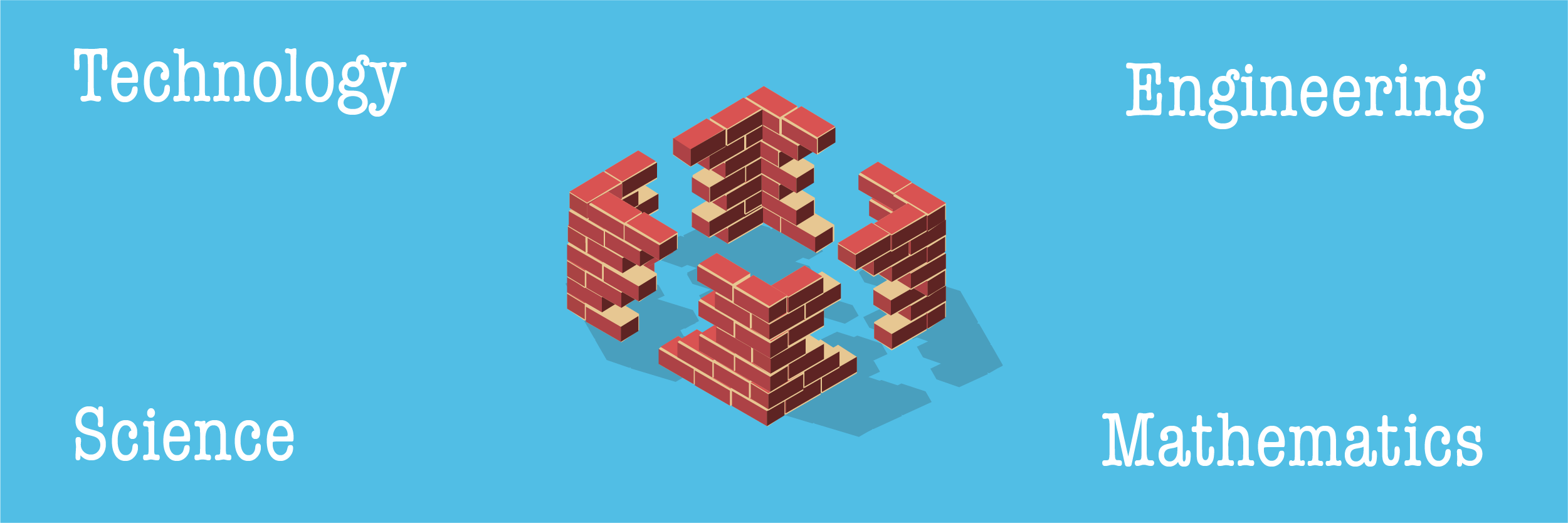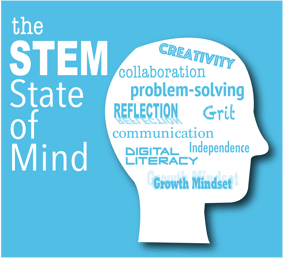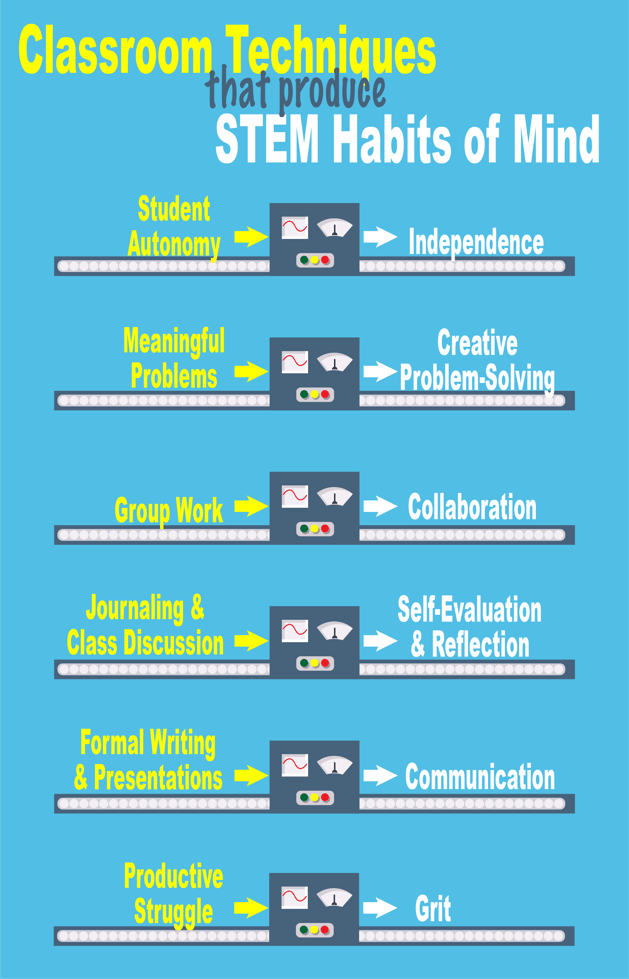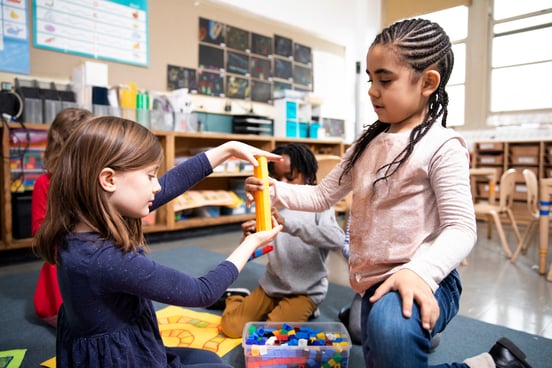
Math Assessment in California Schools: The Shift Toward Differentiated Instruction
Math assessment in California is changing. What used to be a compliance exercise or reporting tool is now becoming a...
STEMscopes Staff | Published December 23, 2022
You too can create a STEM classroom where students are actively engaged in collaborating to solve problems using creativity and critical thinking.

As many readers already know, STEM is an acronym for the four subject areas Science, Technology, Engineering, and Mathematics. Most of us are familiar with science and math since these have been part of school forever. Engineering was once a highly specialized field studied only by a handful of the most dedicated and gifted students. In recent years, this subject has become an increasingly popular topic taught to a broader and more diverse group of students, including very young children. Most classrooms nowadays incorporate technology as part of the learning process. However, technology as a separate subject is becoming increasingly widespread. Students are learning not only how to use technology effectively, but also to design and build devices and how to write computer code.
STEM education is more than just a collection of four separate disciplines. One of the most critical features of the STEM education revolution is the notion that all four of these subjects should be seamlessly integrated. Students in an authentic STEM classroom should be like professionals working in STEM fields, using appropriate skills to solve problems by applying scientific concepts, mathematical thinking, engineering design processes, and technology as the situation requires.
This breaking down of walls can, of course, apply not just to STEM but to all subjects. Skilled and creative teachers have always found ways to integrate math into language arts or social studies, or to find science content in language arts and history. And of course, students have to use language arts (reading and writing) in all the other subject areas. With that in mind, it is easy to begin to see how the next step is to find ways to integrate STEM in every classroom.

Many benefits of STEM education don’t come from a mastery of science, technology, engineering, or mathematics, but from the habits of mind that students gain; universally applicable “soft skills” such as creativity, problem-solving, communication, collaboration, grit, and a growth mindset. Because these same habits of mind can be fostered in any classroom, any teacher can help students prepare for and succeed in STEM, even if you never actually teach the STEM subjects.
Maybe you’re a teacher newly assigned to a STEM classroom. Perhaps you teach a non-STEM subject in a school with a STEM focus and want to support the cause. Maybe you aren’t “officially” part of a STEM team, but you want to give your students the benefits that you know come with STEM integration. No matter your situation, there are some ways you can create a STEM learning environment in your classroom.

The tips provided above are a good start, but there’s plenty more you can do. If you’ve decided to become a STEM teacher, the good news is that there is a well-established STEM education community in place and several ways to connect with them and learn from them.
You can find plenty of STEM education experts and enthusiasts on social media. A few of my Twitter favorites are Chris Woods of Daily Stem, a STEM teacher and podcast host (@dailystem), STEM Education, a general source for science, technology, engineering, and math education (@STEMeduc), The Bug Chicks, entomologists who use arthropods to inspire students (@TheBugChicks #BUGDORK), and, of course, STEMscopes (@STEMscopes). YouTube has many channels to choose from if you’re looking for STEM education content. There are also podcasts, websites, and news feeds, as well as old-school resources such as books and journals. You can find something that suits your interests and level of expertise. Just remember, anyone can be a STEM teacher.

Math assessment in California is changing. What used to be a compliance exercise or reporting tool is now becoming a...

You know the moment: a student’s eyes light up when the science experiment fizzes or the math puzzle helps them...

STEM classrooms are full of different types of learners in the classroom, each with their own strengths and needs.
...